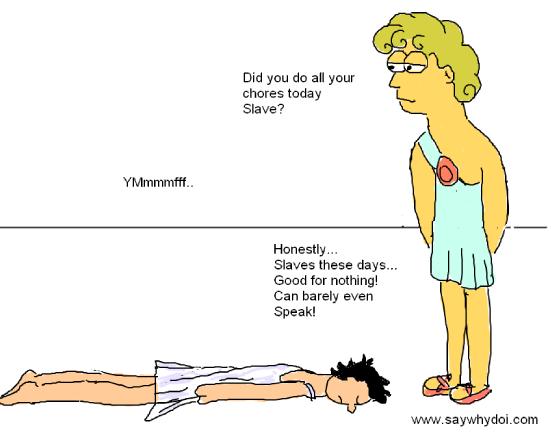Whilst the act of bowing was common in days gone by, today the bow seems to be bordering on extinction in much of the world. Having said that, the bow is still alive in Asian cultures, and is still seen today in parts of China, Korea, India, Taiwan, Japan and Vietnam. Where does this idea of bowing come from? What does it really say? Why do we bow?

History of the Bow
Bowing shows you are not a threat to the other person
The concept of bowing is rooted in animalistic tendencies.
Ever heard the advice that should you come face-to-face with a bear, you should make no eye contact, back away, and if you see no way to escape, you should lie down into the fetal position and play dead? This is so that you don’t seem like a threat to the bear. If they don’t fear you, they are less likely to attack.
Lowering yourself makes you look smaller and less threatening.
Humans aren’t that different from bears in this sense, and believe it or not, a similar instinctive drive led to the development of the bow.
In a historic sense, bowing down to someone says:
“You are stronger than me. You are a threat to me. Therefore I bow down into a position I would be in if you defeated me in a fight. I am defeated already, so there is no need for you to attack.”
Bowing shows you have lower status than the other person
In other words, when you bow down, lowering yourself before someone, it essentially says:
“You are stronger than me. I am weaker. I have lower status than you; I am less than you.”
So it is quite fitting then that people lower themselves before monarchs and before God (by kneeling and/or bowing: it’s the same concept).
Evolution of the Bow
Initially in antiquity, people used to either fully lie down flat on the floor, or kneel on the floor with bowed head to their superiors. This was often done by slaves when in the presence of their masters, or by servants to their overlords.

As time went on, the idea arose that only God should be knelt before on both knees, so the gesture evolved into a one-kneed kneel when done for non-God superiors. This is often seen in Medieval-themed movies of knights sinking down on bended knee, with bowed head before the monarch.
More time passed and the half-kneel evolved into a curtsey. Both men and women would give a half-bended knee dip with bowed head before superiors out of a sign of respect.
It was only in the 17th century that sexual dimorphism occurred. Men took on the bowed head posture and extended it to a forward inclination of the body, whilst women retained the bended knee curtsey with lowered eyes.
Prevalence of the bow today
In the West, we do not often see the formal deep bow today, other than in the theatre, before a monarch or before God.
In some parts of the East however bowing is still very commonplace. Why do cultures like the Japanese bow? It’s often to do with social status and it’s always to do with showing respect. The higher the social status of a person, the deeper and longer the bow should be. Lower status people may get only an informal head nod. Bowing in Japan can accompany greeting, or it can also be used to express an apology respectfully, or as a way of saying thank you in a meaningful way.
Although it may not seem like it upon first glance, some vestigial forms of the bow have been retained in the Western culture too.
A salesman trying to sell something to an important customer may be seen to be leaning forward in a pseudo-mini-bow, saying “This customer has high status because he determines whether I make commission on this or not!”.
In job interviews, it’s often common to see the interviewee leaning forward in a similar way.
When you lean forward slightly when meeting an important person, this is a miniature version of a bow. So although upon first glance the bow may seem non-existent in the West it may still be penetrating our lives in subtle ways to this day, sometimes without us even realising.
Related Products
Note:
This site is working in affiliation with Amazon.com and Zazzle. If you like a product that was recommended anywhere on this website, please consider buying these products via the links on this site, to help keep this website running. Thanks ![]()







Thanks a lot for describing so clearly how bowing works even for body language beginners like me!
Actually informative weblog submit here my friend. I just wished to comment & say sustain the standard work. I’ve bookmarked your weblog just now and I’ll be again to learn more sooner or later my pal! Also nice colours on the format it goes nicely with the weblog in my humble opinion
Having observed dogs greeting their owner it seems significant that they insinctively perform a deep blink and a low bow. Since the relationship between humans and dogs/tame wolves goes back to prehistory it seems possible that we have absorbed this behaviour from our pets. I think this is supported by another observation – Cat and dog owners often unconciously perform a deep blink of greeting when meeting any dogs or cats. The deep blink is an instinctive ‘I mean no harm’ signal in canines and felines.
I always thought that the bow was giving recognition to the god within the other person.
That is what I was instructed that it meant as well, which would also hold true for Christians who bow before God in their churches.
thanks that was very helpful to my school project ill make sure to add this website in citing
According to Greek history, Alexander the Great bowed to Darius when he defeated him in the battlefield